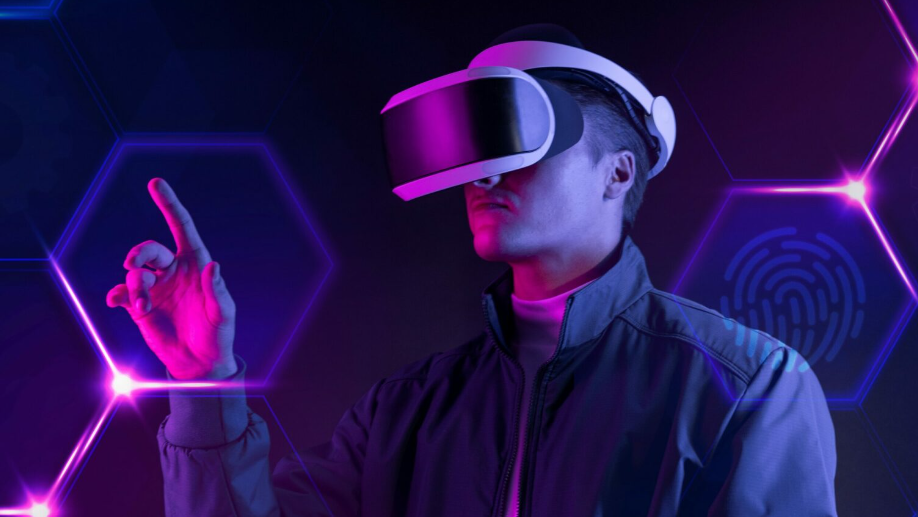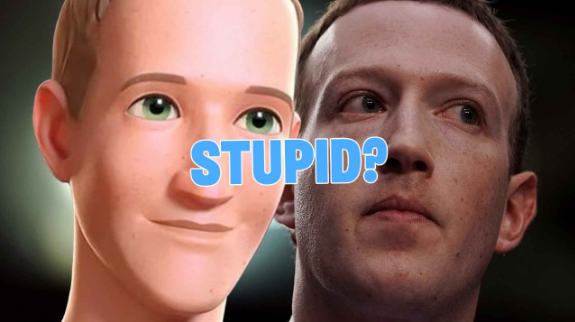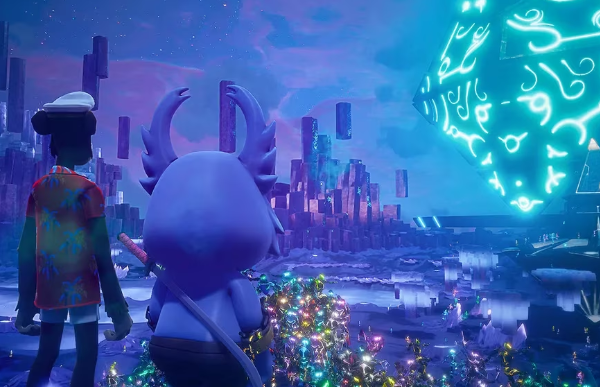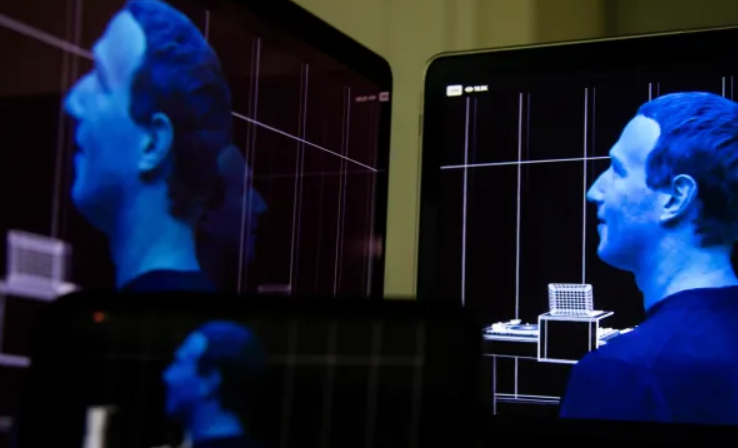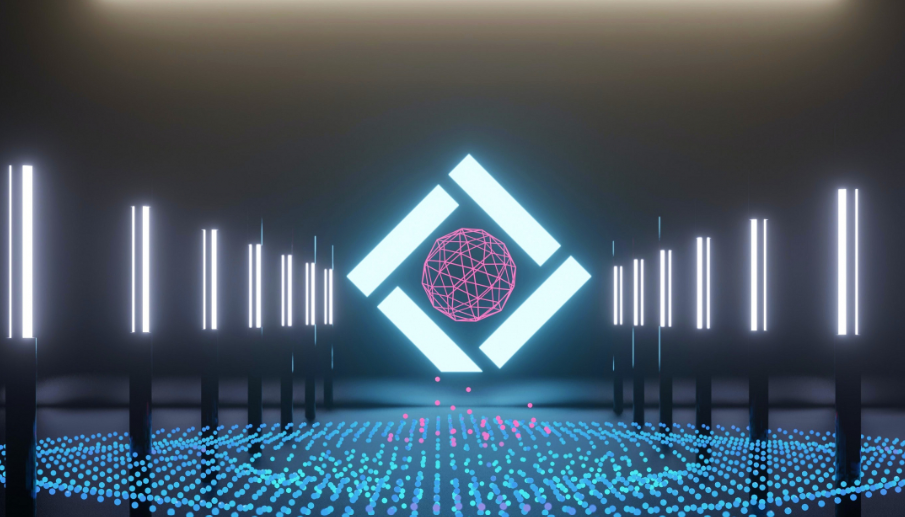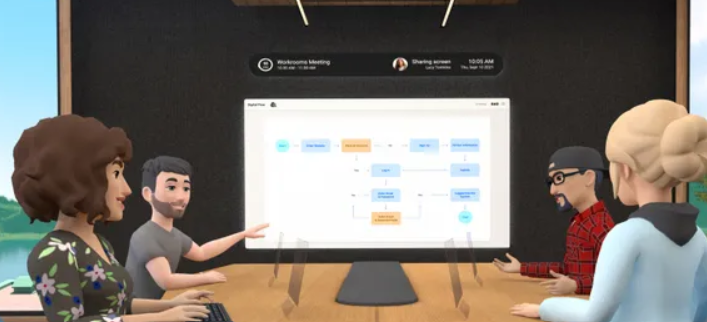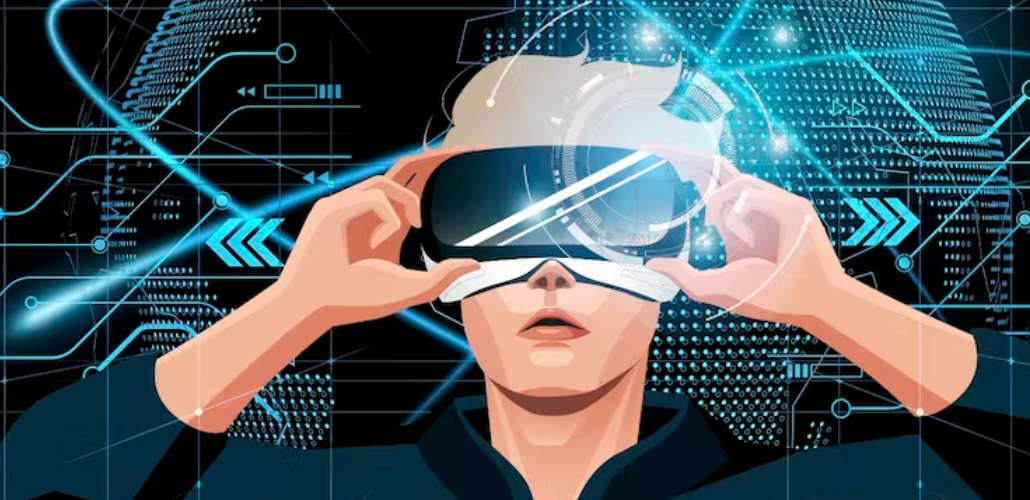Technology is constantly evolving, so new buzzwords pop up all the time. For example, lately everyone from students to experienced developers is talking about concepts like Web 3.0 and the Metaverse. If you want to join the conversation too, this educational brochure will help! In it, we answer your questions, including what is Metaverse, what is Web 3, and how these terms are related. But before we get to all that, let’s start in 1991 with the creation of the Internet…
Three stages of Internet Development
Before we dive into Web 3.0 and the Metaverse, let’s start with something we already understand: the Internet.
The modern web has a long history, but the World Wide Web (www) actually appeared in 1991, thanks to British scientist Tim Berners Lee, who linked hypertext documents into an information system that could be accessed from any node on the web. network and worldwide. balloon. This stage of the development of the Internet is known as ‘Web 1.0’ or the ‘classic web’ because, during this time, the Internet was primarily focused on making documents available through HTML pages accessible through browsers. This era lasted until 2004.
Web 1.0 had already attracted the attention of large corporations, and as technology continued to advance, Web 2.0 was born. This new stage saw the appearance of applications (apps) that replaced browsers. Web 2.0 also focused on allowing users to consume, create, and share content. Some developments that emerged included hosted services (eg Google Maps), web applications (eg Google Docs, Flickr), video sharing sites (eg YouTube), information databases ( eg Wikipedia), CMS (eg WordPress) and transactional platforms (eg Amazon, Airbnb). It was also when social networks like Facebook (founded in 2004) and Twitter (founded in 2006) took off, allowing users to create and share content in real time.
So, are we still in Web 2.0 or have we moved on to a new stage? It’s hard to tell where the lines are when you consider iconic events like the creation of bitcoin in 2009 or taking the Internet into space in 2010. Many believe we are currently in a transition phase. The shortcomings of Web 2.0 are becoming more obvious, and while Web 3.0 and the Metaverse are on the way, they still require innovation.
So what will these technologies look like and how are they related (but different)? We are going to explore.
Web 3.0 Explained
Web 3.0 uses decentralized protocols such as blockchain, a technology that allows for the open exchange of information within a network. By addressing key issues of data ownership and control, Web 3.0 hopes to solve some of the biggest challenges of today’s Internet age, such as limited availability (only 63.1% of the world has Internet access), the increasing demand for bandwidth, cybercrime, and other shortcomings.
Web 3.0 is made up of a number of innovative components, including:
- Blockchain Technology – One of the key features of Web 3, blockchain technology makes data on the web decentralized and publicly available. Current blockchain-based decentralized applications, such as the Ethereum network, can be considered Web 3.0. Participation in such applications is free and the user’s personal information is not monetized. Therefore, users own their data and can exchange it freely without worrying about losing ownership.
- Artificial intelligence (AI): AI was already part of Web 2.0, but it was largely controlled by people, making human error very likely. The goal of Web 3.0 is to eliminate such inaccuracies. Artificial intelligence is a key component of Web 3.0 because it helps distinguish between legitimate and fraudulent activity. AI models can score the likelihood of fraud and then reject transactions or flag them for further investigation.
- Augmented Reality (AR) and Virtual Reality (VR): These technologies allow users to work, learn, and play with others on the Internet. Early examples of AR and VR on Web 3 include fashion house shows, virtual field trip visits, and, surely, games (eg Pokémon GO).
- Permissionless access: Web 3.0 allows users to access the Internet without requiring special permissions. Anyone can anonymously join the blockchain network, carry out transactions and store information.
- Security provisions: Web 3.0 is more secure than previous versions of the web because decentralization makes it more difficult for hackers to attack specific databases. Participating customers receive the exact data they request, and the requested data cannot be changed or replaced with something harmful.
Examples of applications that are Web 3.0 include Bitcoin, Apple Siri, Opensea, and Google Cloud. Each of these connects in one way or another to the Metaverse, which we’ll look at next.
What is the Metaverse?
So what is the metaverse? In simple words, the Metaverse is a digital world that can be accessed through browsers and apps or more advanced technology like VR and AR. It’s true that digital worlds already exist (and can refer to themselves as ‘the Metaverse’), but right now they are just disconnected experiences. A true Metaverse would combine these various digital spaces into a world where users can easily move between the different spaces. Although we can also say that the Metaverse can be multiple worlds that you can travel between, as seamlessly as possible, but that can still be quite different. These digital spaces in the meta-universe can allow participants to take advantage of unique functionality that connects to the real world. For example, you could take classes in the virtual world, see a doctor, work with companies, or sell your artwork.
At this time, the Metaverse is still in development and has privacy, dependency, and security issues to resolve. Its main components include:
- Virtual Reality (VR): VR is a 3D digital environment that you can explore and interact with. In the Metaverse, it’s more than just the use of custom avatars and virtual meetings, but it can also be implemented in e-commerce, real estate, education, work, and fashion.
- Augmented Reality (AR): AR is a key technology with examples of offering more social interactivity at this stage (you can still see the real world and real people when using AR devices). AR also provides the ability to “build bridges” between the real world and virtual experiences, and AR technology is often seen as furthering the evolution of the Metaverse, rather than attempting to force a revolution.
- Digital experiences: Metaverse technology offers unique digital experiences for users and has actually been integrated into video games for some time. In many massively multiplayer online games (MMOs), social features (interactive elements such as typed and voice chat) play an integral role.
- Hardware technology: Modern devices such as smartphones and computers are the entry point into the metaverse. Hardware development focuses on overcoming the limitations of VR headsets and sensors and increasing immersion with haptic technology.
- Software technology: Compatibility is a major issue in Metaverse development because most applications today use proprietary technologies. Standardization or additional technologies will be needed to combine various virtual worlds and experiences.
Simply put, the Metaverse transforms the Internet from a two-dimensional image on a screen to a three-dimensional world around you. Instead of interacting with the content as a passive observer, the user can become a participant. To take an online game as an example, instead of playing a game on a 2D web page, you can interact and explore a 3D space using a three-dimensional in-game avatar. Therefore, Metaverse offers a more interactive and immersive experience, and can even combine the real and virtual worlds.
Comparison of the Metaverse and Web 3
Now that you understand the terms Web 3.0 and Metaverse, let’s compare them across several elements:
1. Approach
Web 3.0 emphasizes the ownership and transmission of data, and aims to give users the ability to interact with the Internet in a decentralized, trusted, and permissionless manner. The Metaverse, on the other hand, allows users to interact and be an active participant on the Internet, offering a virtual world embedded with 3D elements. Thus, we can say that the focus of Web 3 is data and property, while the Metaverse focuses on human interaction with the digital world.
2. Technologies
Web 3.0 mainly uses blockchain technology; users are connected through decentralized networks. Meanwhile, Metaverse integrates various technologies, including virtual reality, augmented reality, blockchain, digital experience, and interactive interfaces. As such, the Metaverse is more complex and requires a robust and well-planned ecosystem.
3. Creators and Owners
Web 3.0 seeks to become an independent entity where all power and control belongs to the users who create, own and exchange data. On the other hand, the Metaverse will require the involvement and participation of various companies that will create the virtual world and the experiences within it. Today’s digital worlds are mostly closed and disconnected from each other, so beyond trade partnerships, open standards and interfaces will be needed to make a true Metaverse possible.
4. Use cases
Web 3.0 is about decentralizing browsers, storage, and platforms, creating an economy, and developing a blockchain network. Meanwhile, Metaverse allows users to exist and interact within a virtual space and share experiences in their social circles, including gaming, ecosystem exploration, event attendance, learning, etc.
Join us in the metaverse!
As we can see, Web 3.0 and the Metaverse are different concepts with a lot of overlap. For example, blockchain and artificial intelligence play a role in both, and Metaverse would not exist if it weren’t for the Web 3.0 engine. As such, these technologies must continue to improve and work together to unlock their full potential.


